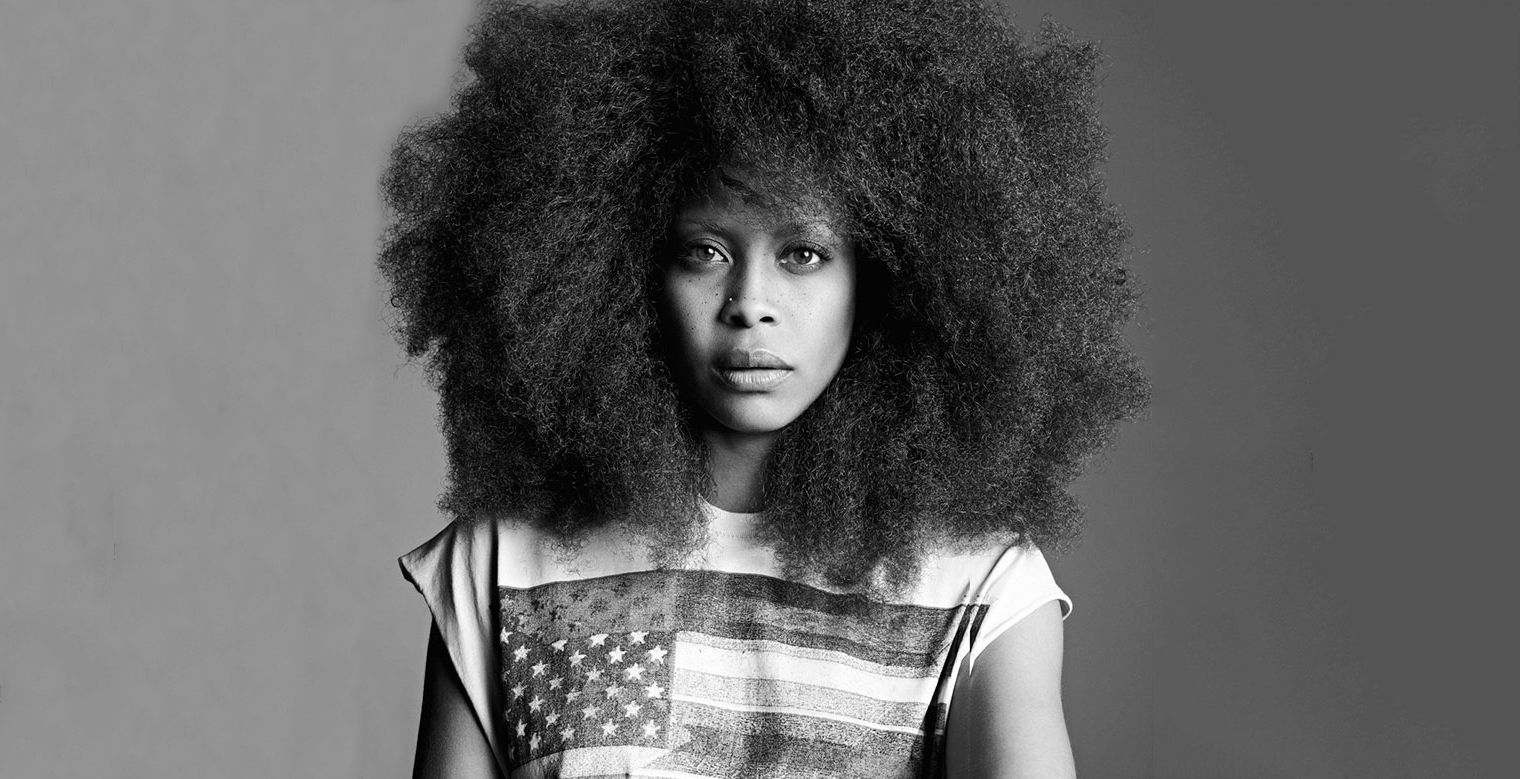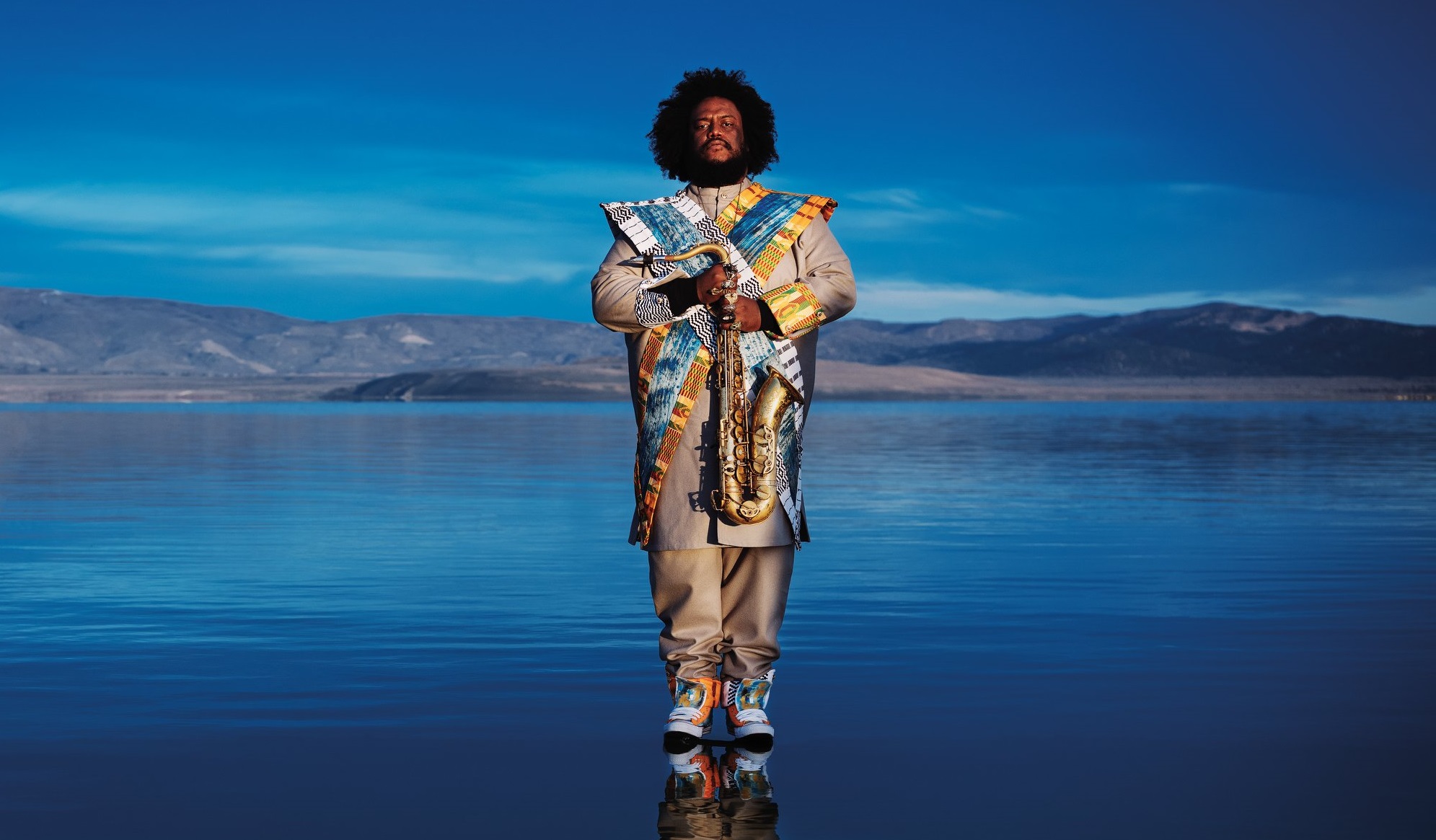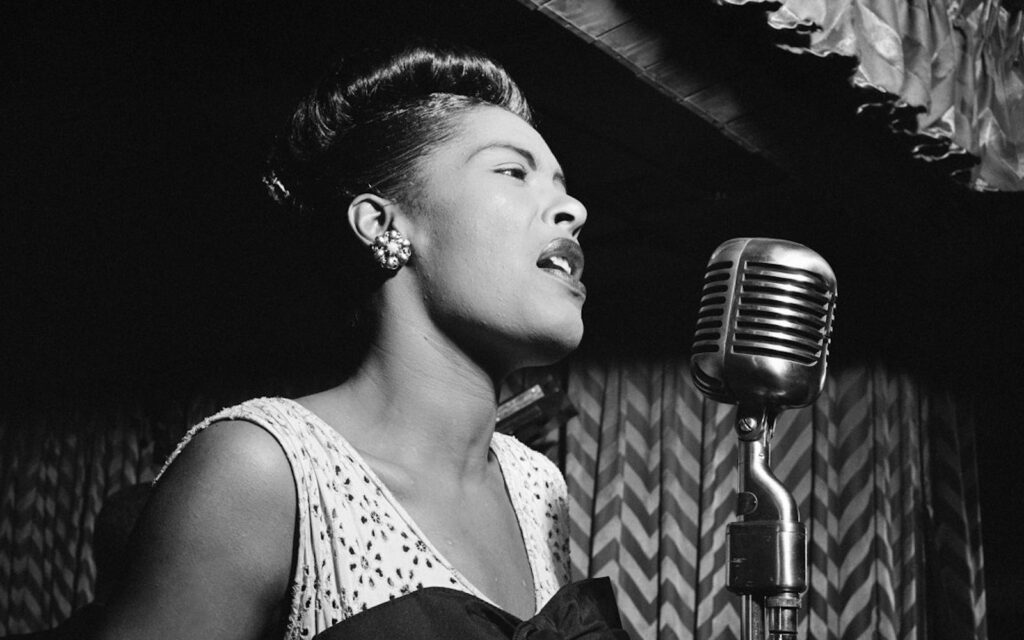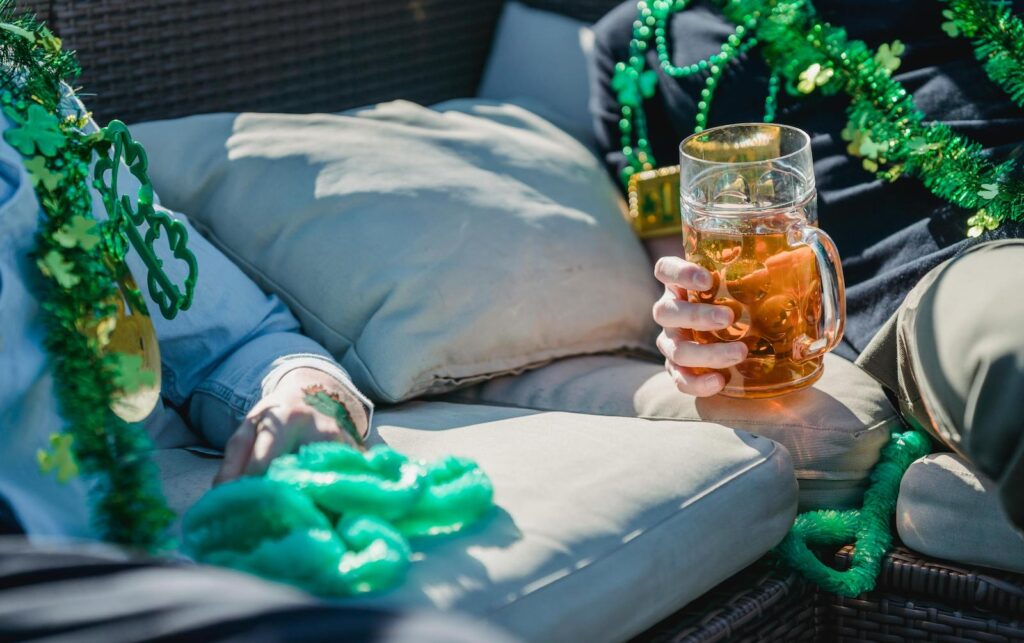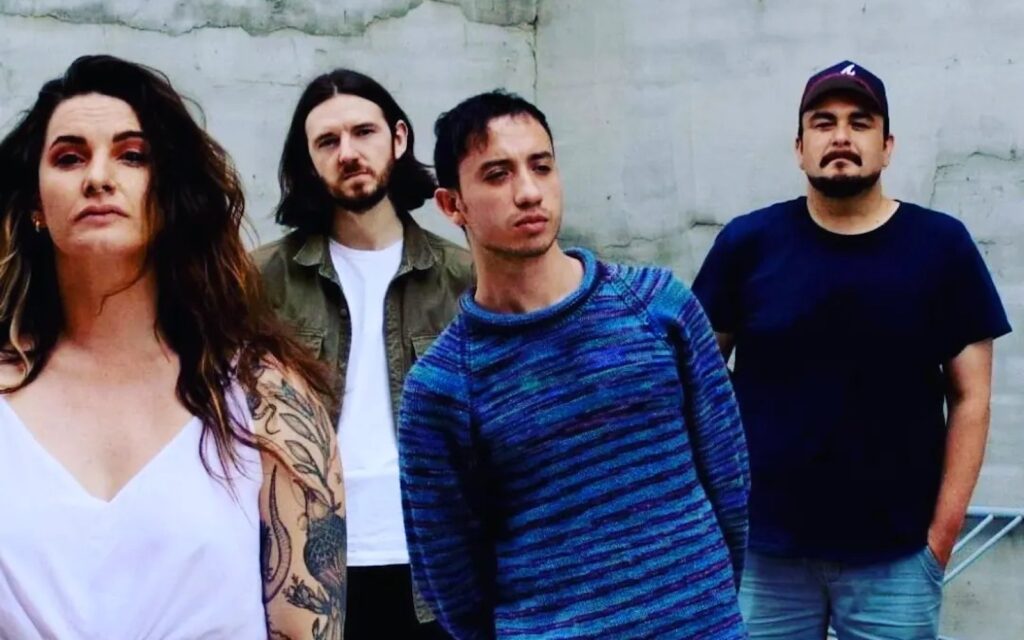The etymology of neo-soul is a paradox: neo meaning new, and soul being timeless.
However, that’s perfect in describing the music from this hybrid genre: it’s a mix of old-school R&B, modern-day beats and timeless soul hooks, that came from jazz, funk, hip hop, and pop and African musical influences.
It’s a label that some artists love and others shun, but neo-soul, with its socially-conscious lyrics and powerful female presence, was the soul revival that the 1990s needed and has continued to grow ever since. Neo-soul not only invited women into the previously male-driven hip hop and R&B scenes, but also broadened the appeal of its associated genres to a wider audience.
Although original soul found its peak with the superstars of the ’70s — Al Green, Bill Withers, Marvin Gaye, Stevie Wonder and the like — it was the 1980s and ’90s hip hop scene that fused the genres into what we call neo-soul today. In order to appreciate the milestones of this genre-melding, we need to start with the King and Queen of the genre: the too sexy D’Angelo and the sassy AF Erykah Badu, before working our way down through to Robert Glasper, Hiatus Kaiyote and the newest ilk.
D’Angelo
The opening bars of the title track on D’Angelo’s 1995 album Brown Sugar scream jazz, but as the song unfolds you realise D’Angelo is definitely doing his own thing. This album is the beginning, but also the epitome of the neo-soul category. ‘Brown Sugar’ is often credited with being the pioneering release of the genre, and the start of mainstream neo-soul success. This was the breakthrough — a soulful, well-produced and laid back album that was entirely unpretentious, paving the way for other artists who wanted to create their own take on this subdued hip hop sound. D’Angelo followed up Brown Sugar with his second album ‘Voodoo’, including a collaboration with Erykah Badu.
Erykah Badu
Badu’s success began with an opening slot at a D’Angelo gig, but she has since grown to be an equally, if not more iconic artist in her own right. Her first album, Baduizm, inspired critics to draw comparisons with Billie Holiday, and praise Badu’s nod to ’70s soul in her effortless mix of genres. The heavily hip hop-influenced drum sounds, explicitly called out in the intro track Rim Shot, round off this perfect example of neo-soul. Three tracks on the album were, in part, produced by The Roots, who’s drummer Questlove was a significant figure in the production of neo soul in the 1990s.
Erykah, D’Angelo, Questlove and many more genre-defining artists — Common, Mos Def, Talib Kwali. Q-Tip and more — formed a musical collective called the Soulquarians in the late 1990s to early 2000s, alike in their passion for unconventional beats, chords and grooves. Badu, although she famously disputes it, is often called the Queen of neo-soul, and, being the only woman in the Soulquarians — strongly inspired the many female neo-soul artists who followed her.
Lauryn Hill
Hill’s debut album, The Miseducation of Lauryn Hill is a ’90s classic. It features both D’Angelo and Mary J. Blige, and continued the mainstream success that neo-soul saw following Badu’s first albums. It showed heavier hip hop influences than Baduizm, with prominent rapping verses and scratching. However, the record still flaunted Hill’s smooth, soulful lilt. Hill’s ‘Miseducation’ album has a subtle reggae influence too, perhaps because her partner of the time was Jamaican artist and offspring of Bob Marley, Rohan Marley.
Robert Glasper
His title may be jazz pianist, but Robert Glasper is the brains behind some of the best neo-soul compositions from 2003 through to today. He has two bands — the Robert Glasper Experiment and Robert Glasper Trio, both revolutionary in composing complex melodies and the melding of old and new. His music is the proof that jazz and hip hop truly do go hand-in-hand. His most important release might be Everything’s Beautiful, where Glasper remixed and re-imagined Miles Davis’ legacy, and featured artists like Erykah Badu, Hiatus Kaiyote, Stevie Wonder, and more. His Black Radio album is another future classic.
Hiatus Kaiyote
Hiatus Kaiyote is one such home-grown band who have re-birthed the genre in Australia. Their first release, the independent album ‘Tawk Tomahawk’, gathered attention from some of the greats — including Q-Tip and Erykah Badu — and the album’s single, Nakamarra was re-released with a verse featuring Q-Tip himself.
Hiatus opened the way for a flood of local and international modern neo-soul bands, but the genre seems to have particularly taken off in the band’s local Melbourne scene. Lead singer Nai Palm has since released her own solo soul music, gathering heavy attention for her flawless vocal tone. The band’s second album release in 2015, Choose Your Weapon, was sampled on Anderson .Paak’s Malibu album, further promoting the band internationally. Hiatus’ music is more disjointed and experimental than their iconic predecessors, showing off the evolution of neo-soul in the modern era.
Jordan Rakei
He’s only 25, but New Zealander Jordan Rakei is a strong member of the new generation of neo-soul. Focusing less on hip hop and more on soulful vocals, his 2016 release Cloak is a jazz and R&B fusion, featuring local Australian talent such as rapper Remi and vocalist Ngairre. ‘Blame It On The Youth’ is sure to one day become a classic, and ‘Snitch (ft Remi)’ is heavy on the D’Angelo vibes. His voice has been compared with Stevie Wonder, and his lyrics cross over to a Jeff Buckley-inspired warmth in his later releases. He was raised in Australia, and a handful of local male sound-a-likes have popped up in his wake.
Ravyn Lenae
Ravyn joins Rakei in the newest era of neo-soul. She’s only 19, yet has already released three EPs and multiple collaborations. Her vocals stretch and change with key changes that don’t seem possible. She counts Erykah Badu as one of her strongest influences and joins an atmospheric breed of hip hop that amalgamates R&B, pop, jazz, funk and electro sounds. A contemporary artist you need to know, her background training in classical music means that she can write music like few 19-year-olds can. Her 2016 EP ‘Moon Shoes’ is particularly notable, with the track ‘Free Room (ft. Appleby)’ showing off her vocals.
Kaiit
Last but not least is another homegrown young talent, with a voice and stage presence that is even more mind-blowing when you learn she wrote her first hit at 17 and her second at 19. Her first single, ‘Natural Woman’, came out only last year, borrowing its title line from the Carol King classic, yet the comparisons end there. Her vocals are soulful and mature, and she blends seamlessly to rapping verses. The lyrical content gives away her youth — she talks about her first kiss and a Maccas happy meal — and yet contrasts cheekily with the old-world tone of her voice. She’s heavily into hop hop, and would be very at home in the studio with Lauryn Hill, circa Miseducation. Her second release, 2000 n Somethin, is souldful, laid back and jazz-influenced, with scatting, rapping, and spot-on lyrics: “I was born in the wrong year, the wrong time, this is not my destiny.”
